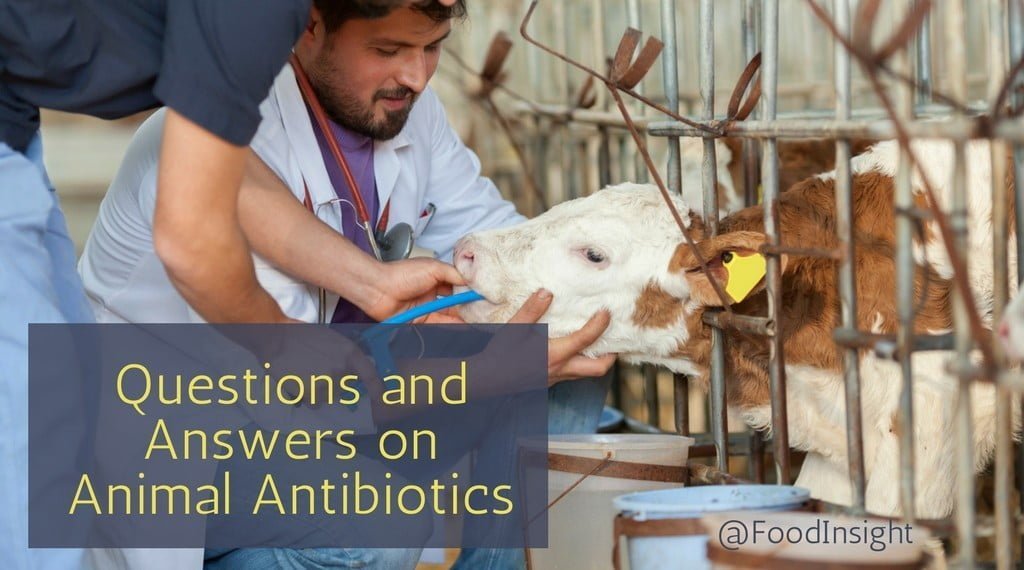Food animal production is an important part of agriculture. Advances in farming, animal breeding, genetics and veterinary care have increased the quality, safety and quantity of animal protein available to consumers — an important source of protein in the human diet.
Veterinarians, farmers and ranchers work collectively to give farm animals high-quality, safe and reliable care—this is to ensure a safe and reliable food supply. The following resources provide information about animal welfare, animal agriculture and answer questions about the regulated use of antibiotics in farm animals.
Five Ways Farmers Love Their AnimalsLet’s explore how the food supply chain comes together to safely and humanely provide delectable dishes that come from animals raised on farms. This piece explores the “Five Freedoms of Animal Welfare.” The Five Freedoms are internationally recognized as providing animal welfare guidance to farmers and those who deal with livestock to ensure high ethical standards and low instances of mistreatment. | |
Milk Production: From Farm to TableEver wonder where your milk in the grocery store comes from and how it gets there? This seven-step infographic takes you through the entire milk production process from the farm all the way to the grocery store, restaurant, and even school to provide you and your family with the products that you know and love, from milk, ice cream, cheese, and yogurt. | |
“Meat-ing” Consumer Expectations of Ethical Animal WelfareThe animal agriculture community, made up of farmers and ranchers, veterinarians, nutritionists, meat processing companies and more, recognizes that animal welfare is a subject of interest – and possibly even concern – for many consumers. | |
Let’s Set the Record Straight on Animal Processing and LabelingIn order to enjoy a burger or a chicken wing, animals need to be processed safely and humanely. To do this, the United States Department of Agriculture (USDA) developed federal laws and standards to protect animals during processing steps. | |
“Meat” You at the Finish LineAfter meat has been processed, it needs to be handled and labeled correctly to prevent spoilage and to ensure a safe transfer to your grocery store. Let’s take some time to explore the final steps of meat processing before it ends up on our plate and provides us with all those important nutrients. | |
FDA Antibiotic Regulation Through the DecadesFor more than 50 years, veterinarians and producers have administered antibiotics to food animals, primarily poultry, swine, and cattle, mostly to fight or prevent animal diseases. The FDA has provided a tightly regulated framework on how antibiotics can be used in the food supply. | |
Setting the Story Straight on “Human Antibiotics” in Animals: Expert Q&AFrom company announcements to government reports, there’s more attention than ever on the use of antibiotics in animals, different antibiotic types, and what producers and the FDA are doing to maintain human and animal health. There are a lot of terms flying around, so we spoke to Justin G. Bergeron, BVMS at the Veterinary Public Health and Preventive Medicine, Resident, University of Minnesota Center for Animal Health and Food Safety (CAHFS), to get some answers. | |
Questions and Answers: Animal Antibiotics, Antimicrobial Resistance and Impact on Food SafetyFor more than 50 years, veterinarians and producers have administered antibiotics to food animals, primarily poultry, swine, and cattle, mostly to fight or prevent animal diseases. The following Q&A provides answers to common questions about antibiotic use in animals, including information on why antibiotics are used in food animals and how animal antibiotics are regulated. |







